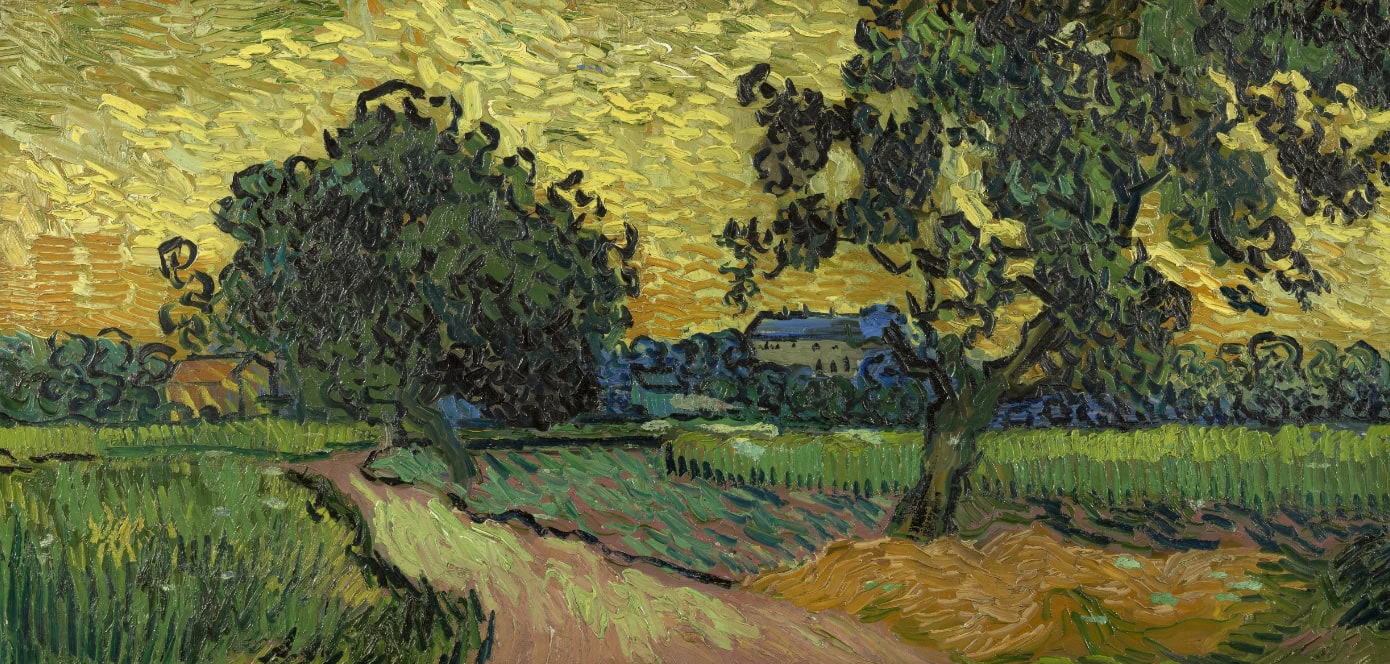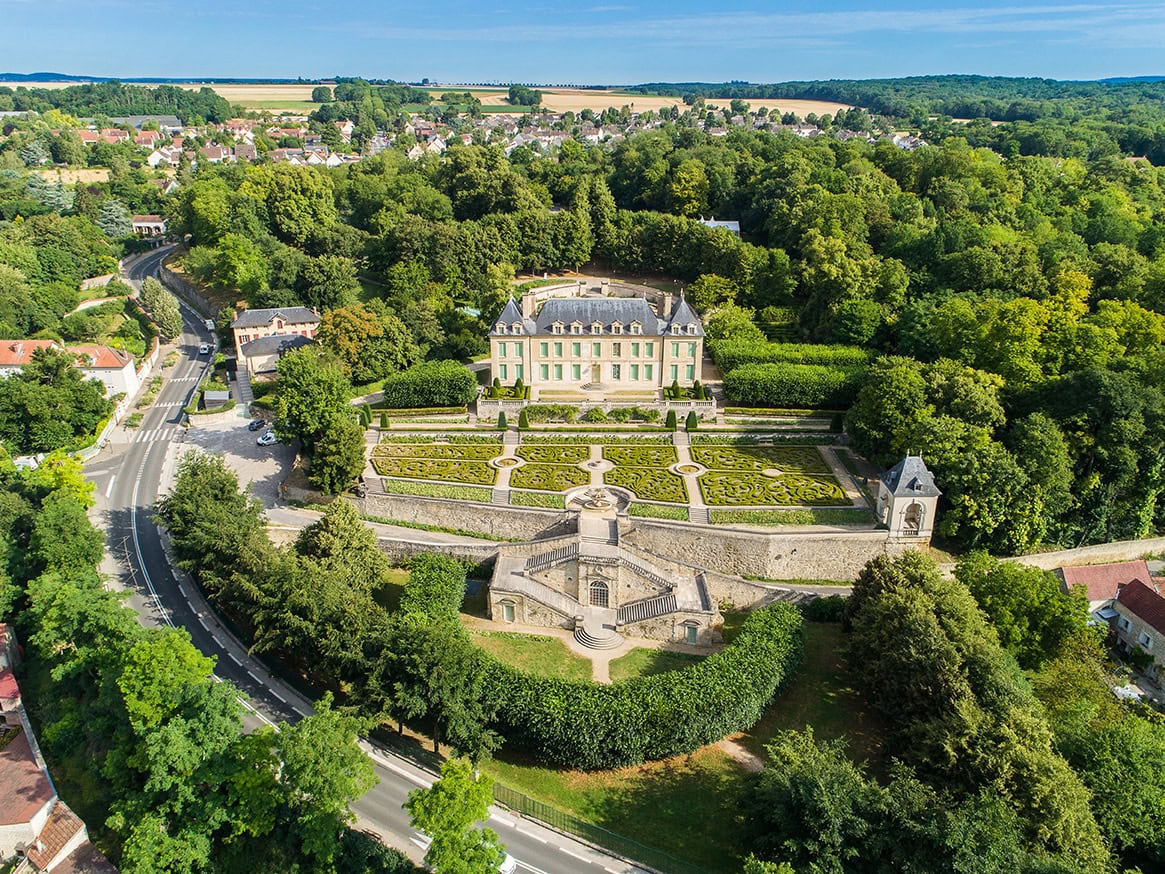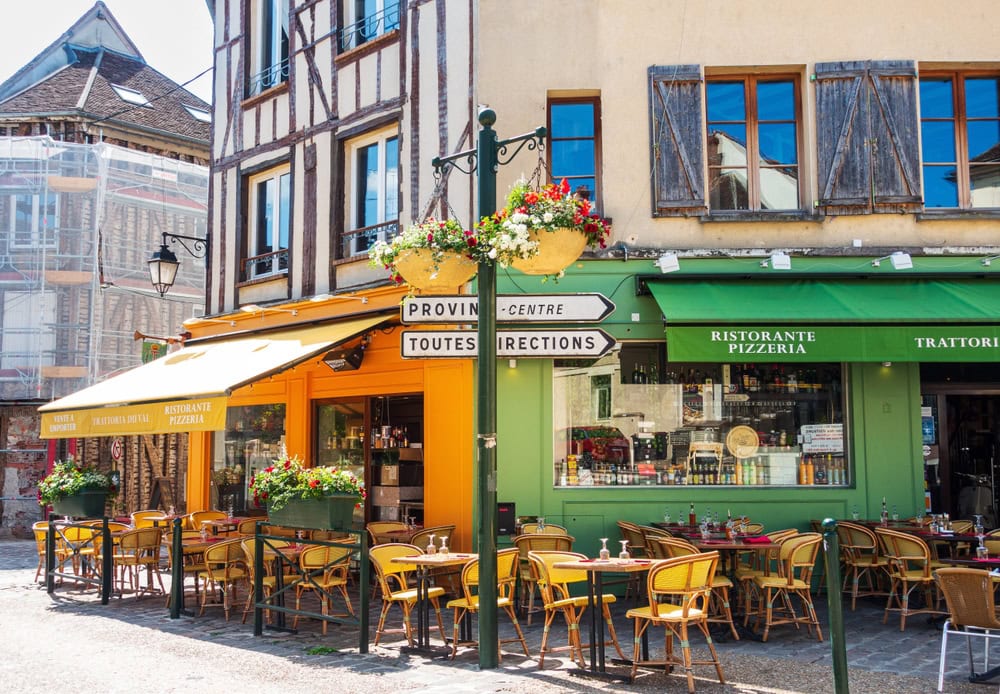
28 March 2025
Vence, a city of art and light
Henri Matisse, Marc Chagall, and Pablo Picasso left their mark on the town, drawn by its peaceful atmosphere and enchanting setting. Today, Vence carries on this artistic tradition through its narrow streets, galleries, and atliers.
Cover photo credit: ©Hélène Adant_Paris / Centre Pompidou-Mnam CCI-Bibliothèque Kandinsky
In June 1976, National Geographic ranked Vence among the four most beautiful towns in Europe. This recognition came as no surprise: its soft, ever-changing southern light has long captivated artists, particularly the Impressionists. Vence offers a unique setting where nature and architecture blend harmoniously, making it and artists from diverse backgrounds.
Vence: a vibrant artistic heritage
In the footsteps of Matisse
Among the notable figures who stayed in Vence, Henri Matisse holds a special place. He was charmed by the town and created some of his most renowned works here. An artistic itinerary dedicated to him is currently being developed, inviting visitors to follow in his footsteps and discover his lasting influence on the town.
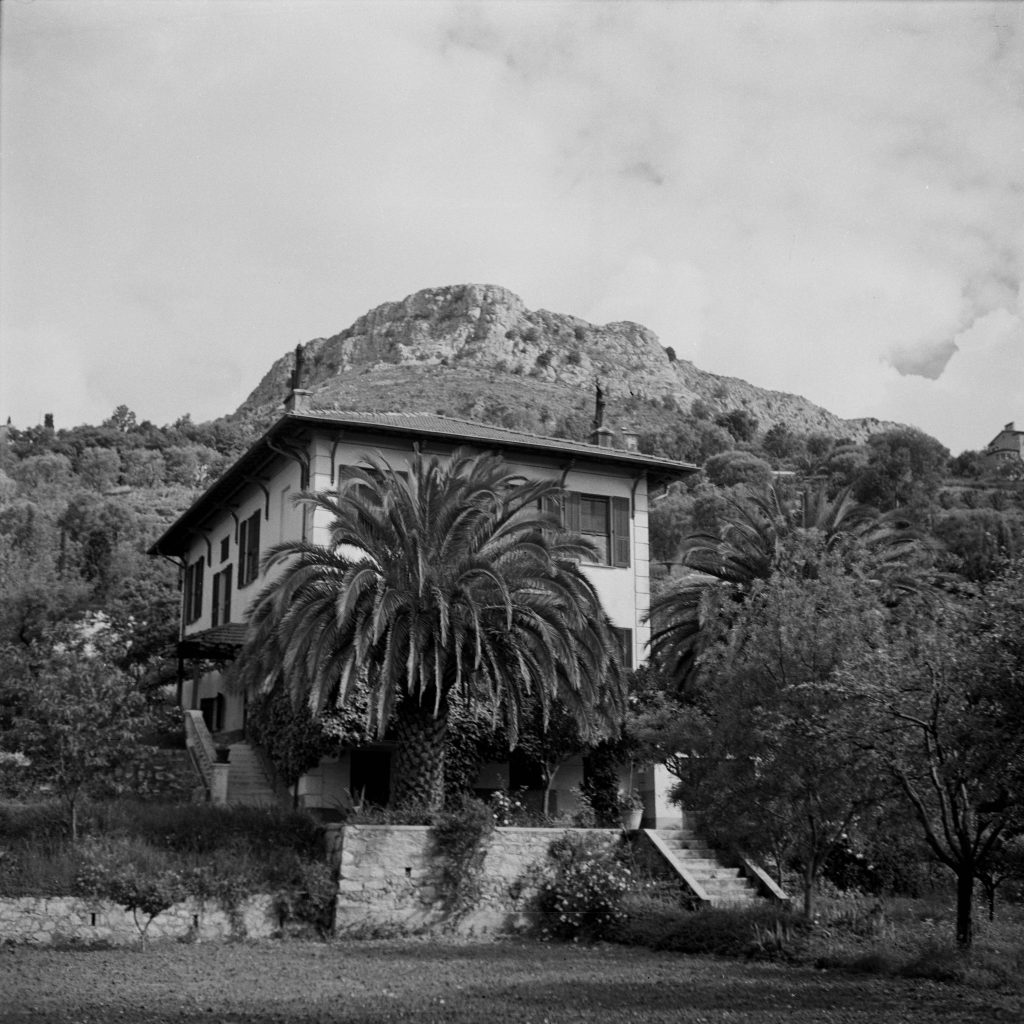
The Villa Le Rêve, where Matisse lived and worked, is already a landmark for art lovers. Still imbued with his creative spirit, the space now hosts artists-in-residence and cultural events.
An open-air art gallery
With over 35 galleries, Vence is a veritable open-air museum. A stroll through its streets offers the chance to admire contemporary works while immersing yourself in the town’s artistic heritage.
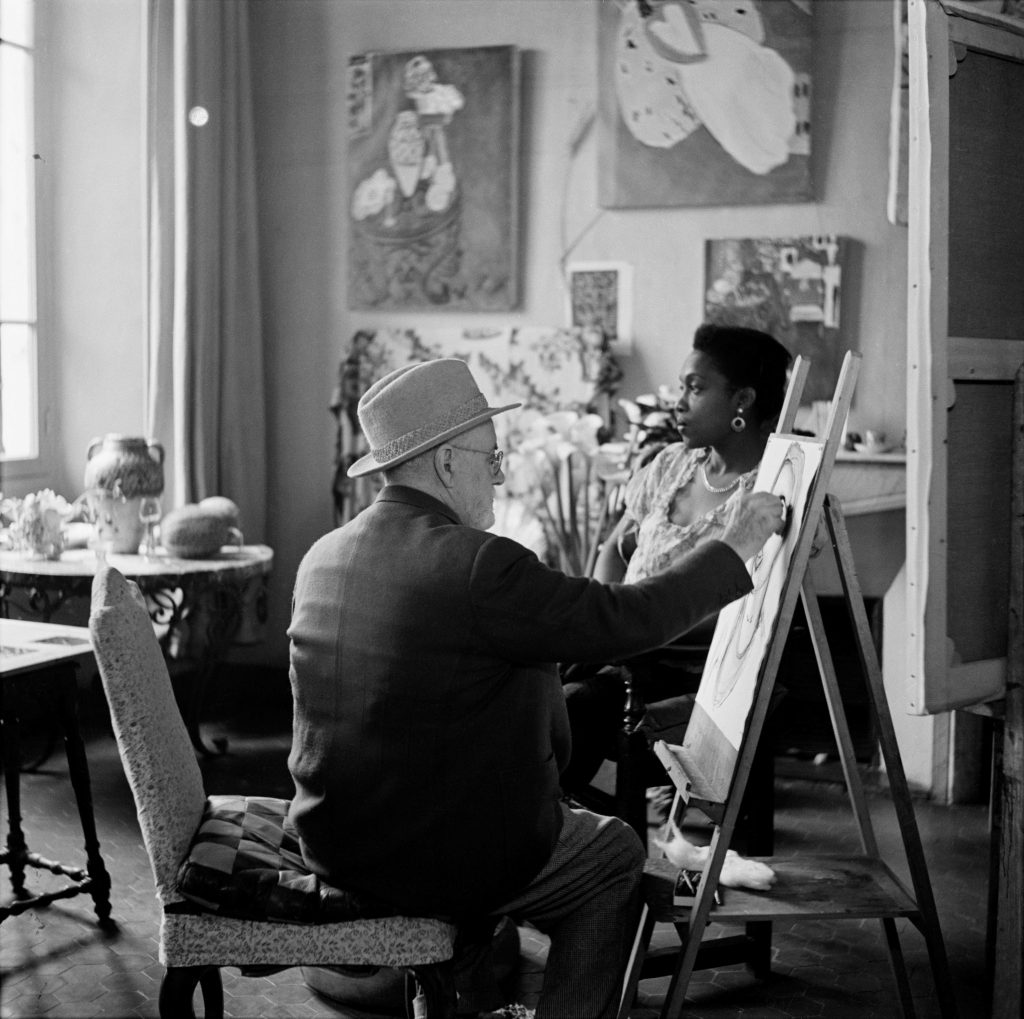
The light that inspired Matisse, Chagall, and Picasso continues to draw artists and curious visitors from around the world.
A museum between stone and fragrance
Vence is not only about painting. It also has strong ties to the perfume industry, thanks to its proximity to Grasse, the world capital of perfumery. The Musée de la Pierre au Parfum (Perfume Stone Museum) celebrates this tradition by exploring the history of perfume and its link to the region’s natural resources. This expertise, introduced by Eugène Fuchs of the Fragonard company in 1926, remains a vital part of the town’s living heritage.
A stroll through history and art in Vence
Before becoming a haven for artists, Vence was a bishopric from the 4th century onward. Its old town, enclosed by medieval fortifications, still reflects a rich and eventful past. The architectural heritage reveals centuries of history that have shaped the town. As visitors stroll through its narrow streets, they encounter treasures that tell the story of this Provençal town, marked by medieval, feudal, and episcopal influences.
The Place du Marché, bustling and steeped in history
The Place du Marché (Market Square) is a must-see for anyone looking to soak up the atmosphere of Vence. Since the Middle Ages, it has hosted markets and fairs, bringing together traders and artisans in a lively, colourful bustle.
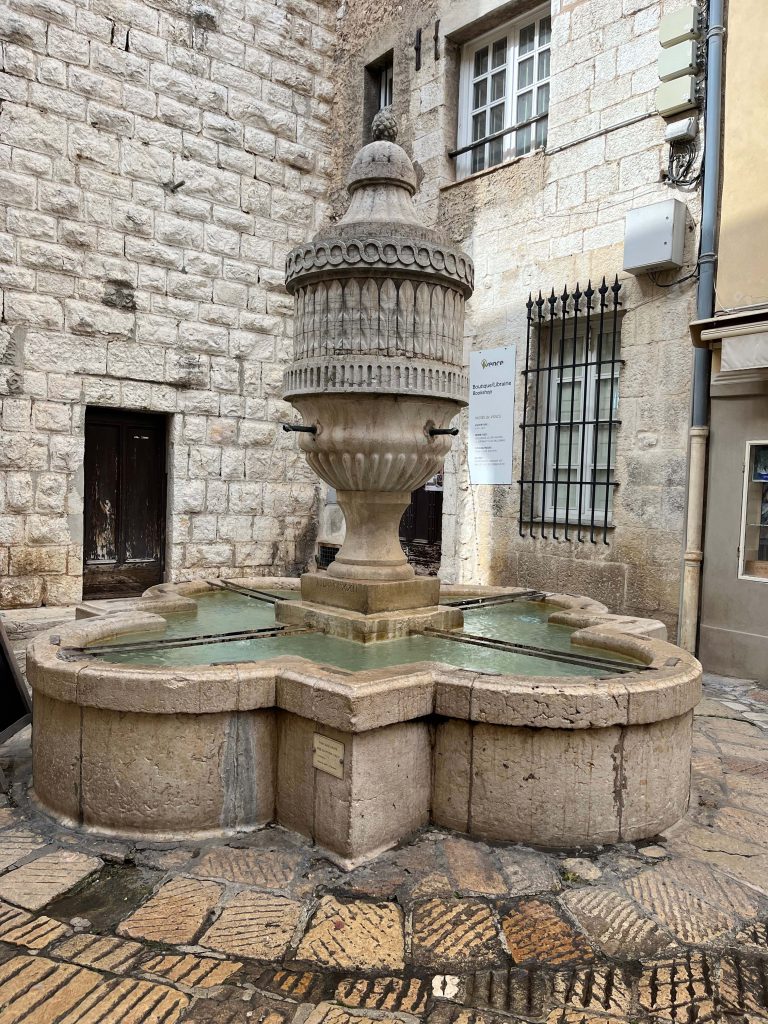
Surrounded by ochre-coloured façades and dotted with lively terraces, it carries on a tradition of conviviality where Mediterranean flavours and aromas mingle with echoes of the past.
A notable architectural heritage
While strolling through town, take a break at Place du Marché (market square) to discover the medieval fountain. With three rivers and around twenty fountains, water plays a central role in Vence. Its waters are said to have many beneficial properties: thirst-quenching, refreshing, low in minerals, and even diuretic!
The town’s many fountains add to its picturesque charm, with some dating back to the 16th century. The Old Fountain, which predates that era, and the Peyra Fountain (1539, restored in 1822) are among the most iconic.
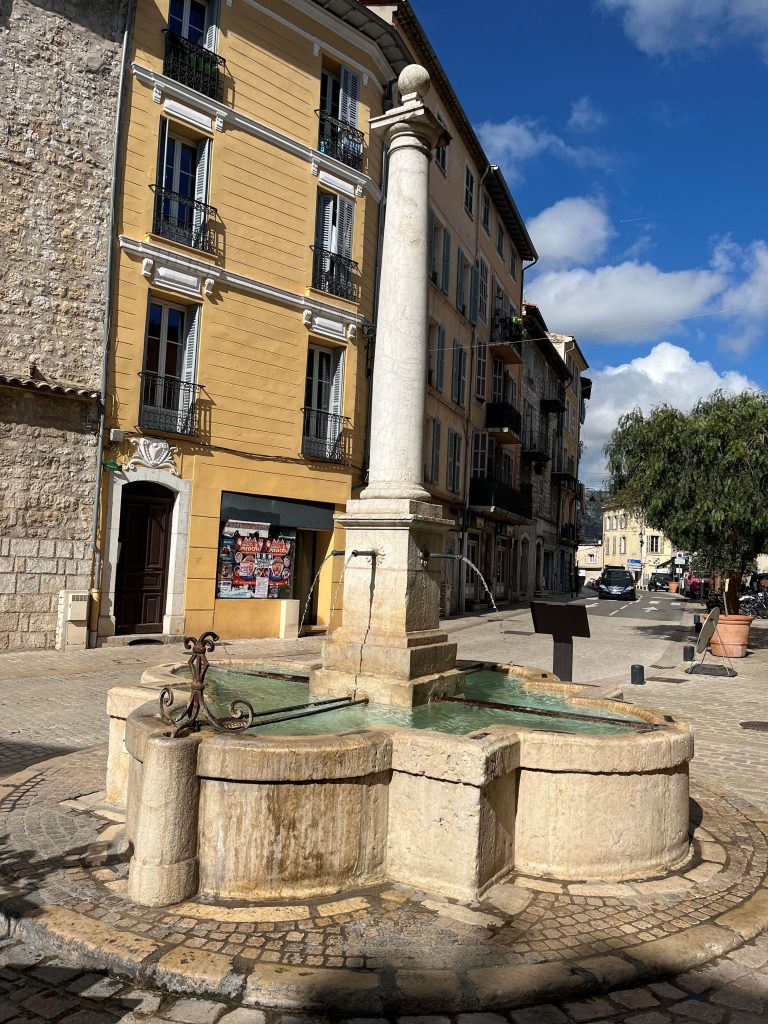
As for castles, the Château de Villeneuve (13th–14th century) and its 17th-century counterpart outside the city walls stand as reminders of the town’s noble past. The latter, transformed into a museum at the initiative of Mayor Émile Hugues, now hosts prestigious exhibitions.
Vence Cathedral, one of the oldest in the region
Built on the ruins of a Roman temple, the Notre-Dame de la Nativité Cathedral (Vence Cathedral) is one of the oldest in the region. Its most precious treasure is undoubtedly the mosaic by Marc Chagall, Moses Saved from the Waters, which adds a touch of modern art to this monument steeped in spirituality and history.
An artistic tour of Vence’s chapels
Vence is still home to 21 chapels, some of which are true treasures of architecture and sacred art. Among the most remarkable are:
La Chapelle du Rosaire: Matisse’s entire work
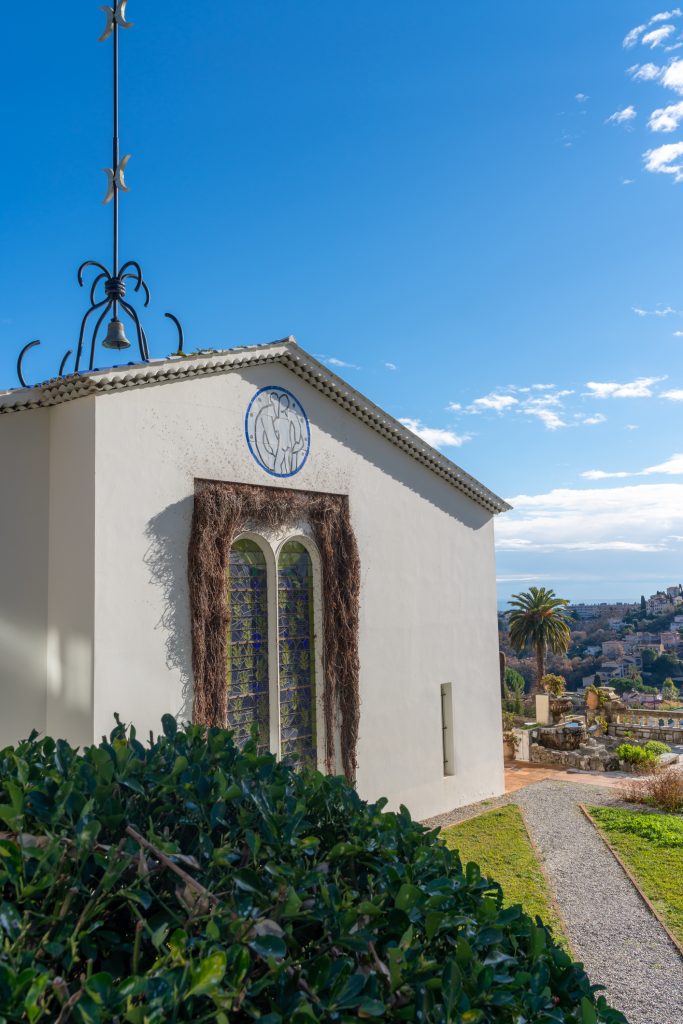
Designed by Henri Matisse between 1947 and 1951, this chapel is a masterpiece in which the artist envisioned every detail, from the stained glass windows to the ornaments. Its play of light, refined simplicity, and colourful patterns make it a unique site and a must-see for lovers of art and sacred architecture.
Other iconic chapels
Vence stands out for its remarkable religious heritage, marked by numerous chapels that bear witness to the town’s spiritual fervour and rich history. Among the oldest are the Chapel of Sainte-Colombe (12th–13th century) and the Chapel of Sainte-Élisabeth (13th–14th century), which reflect Vence’s medieval roots, while the Chapel of Saint-Raphaël (15th century) illustrates the transition toward the Renaissance.
In the following centuries, architectural gems such as the Chapel of the White Penitents (1614), the Chapel of Saint Anne (1617), and the majestic Grande Chapelle du Calvaire (1701) were added — the latter overlooking the town alongside five smaller chapels built in 1720.
Later, the Chapel of Saint Lambert (1881) and the Chapel of Notre-Dame des Mission (20th century) completed this unique ensemble, where history and spirituality continue to intertwine.
Each chapel has its own character, offering visitors a true journey through styles and eras, while revealing the soul of Vence, a town shaped by both tradition and inspiration.
Bathed in a unique light and steeped in history, Vence remains a source of inspiration for artists from around the world. Whether you’re an art lover, a history enthusiast, or simply a wanderer in search of wonder, the town offers a journey through time, where every street corner reveals a fragment of its rich heritage. To discover more cities with remarkable histories and stunning settings, subscribe to our newsletter or visit our website.
By Emilie FALLOT NGUYEN
